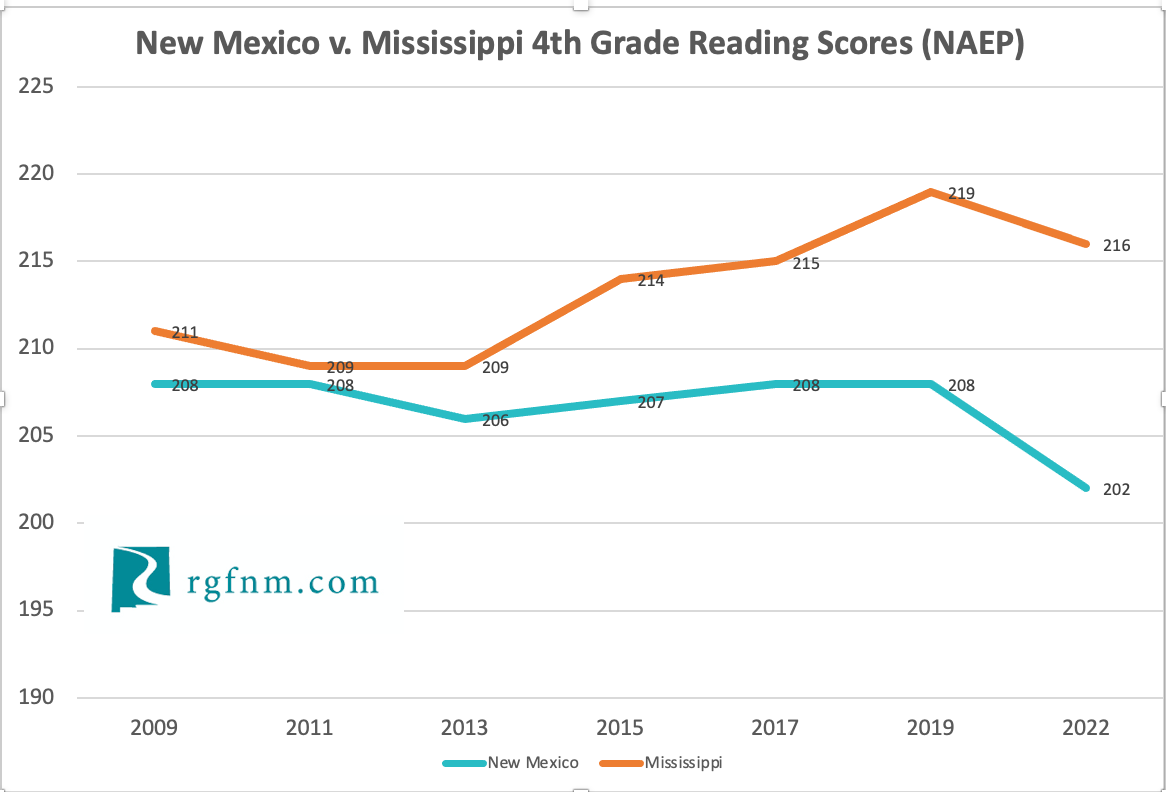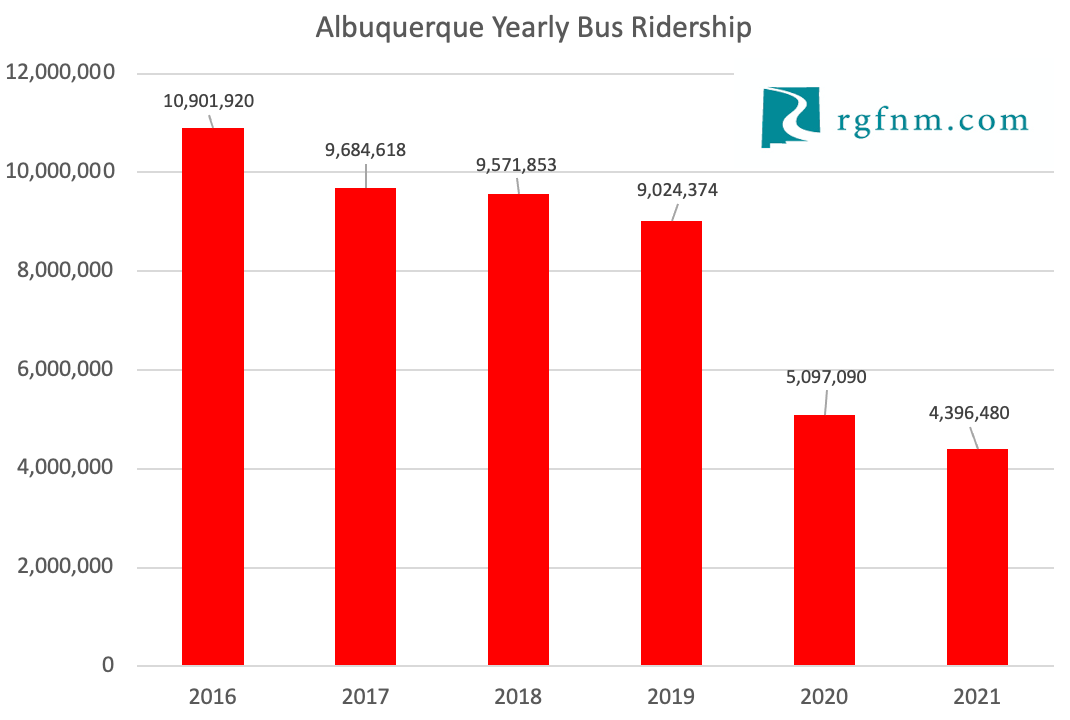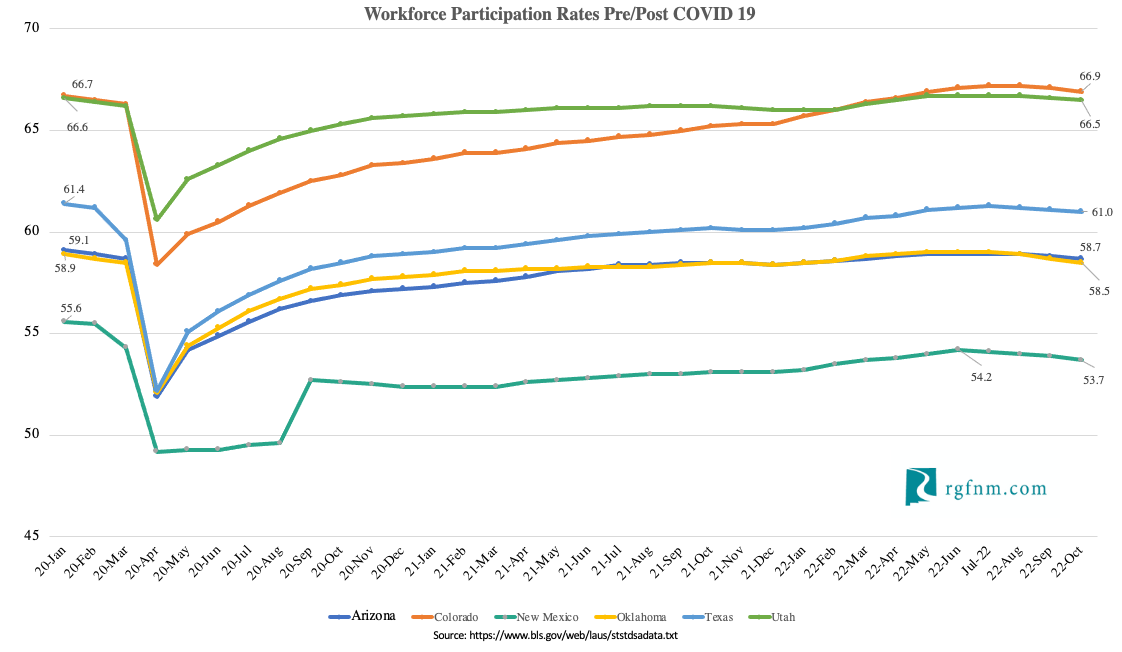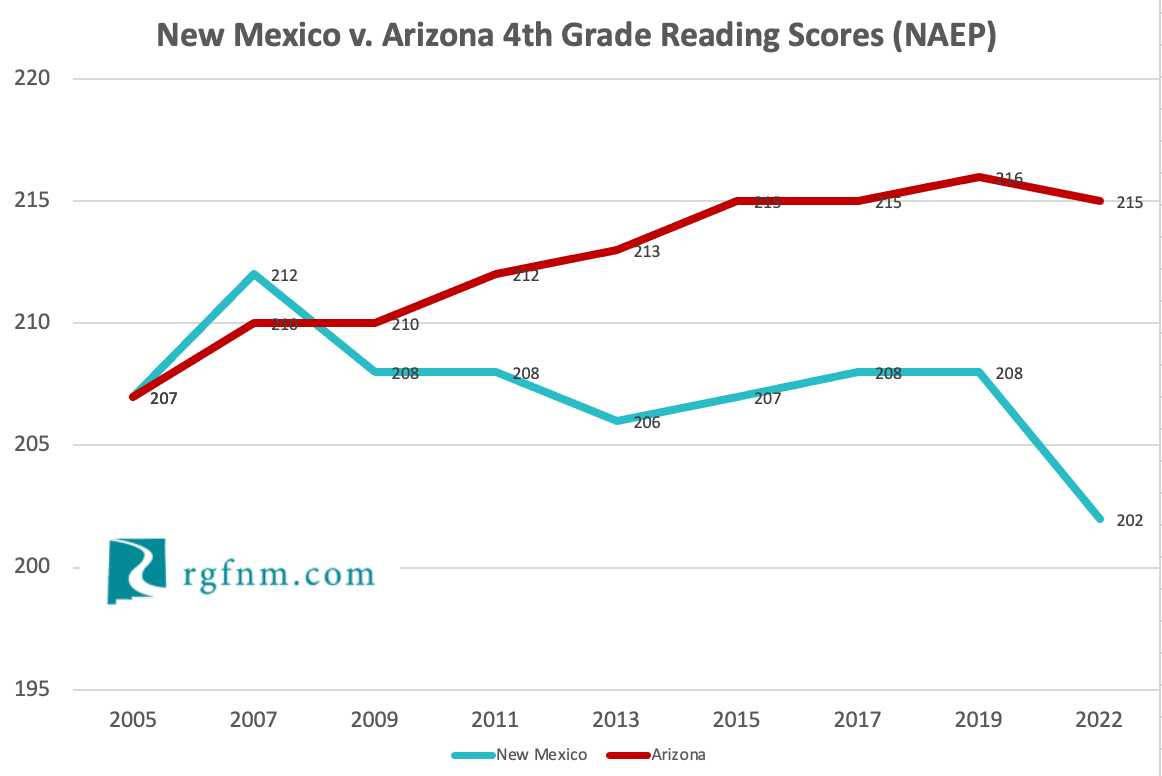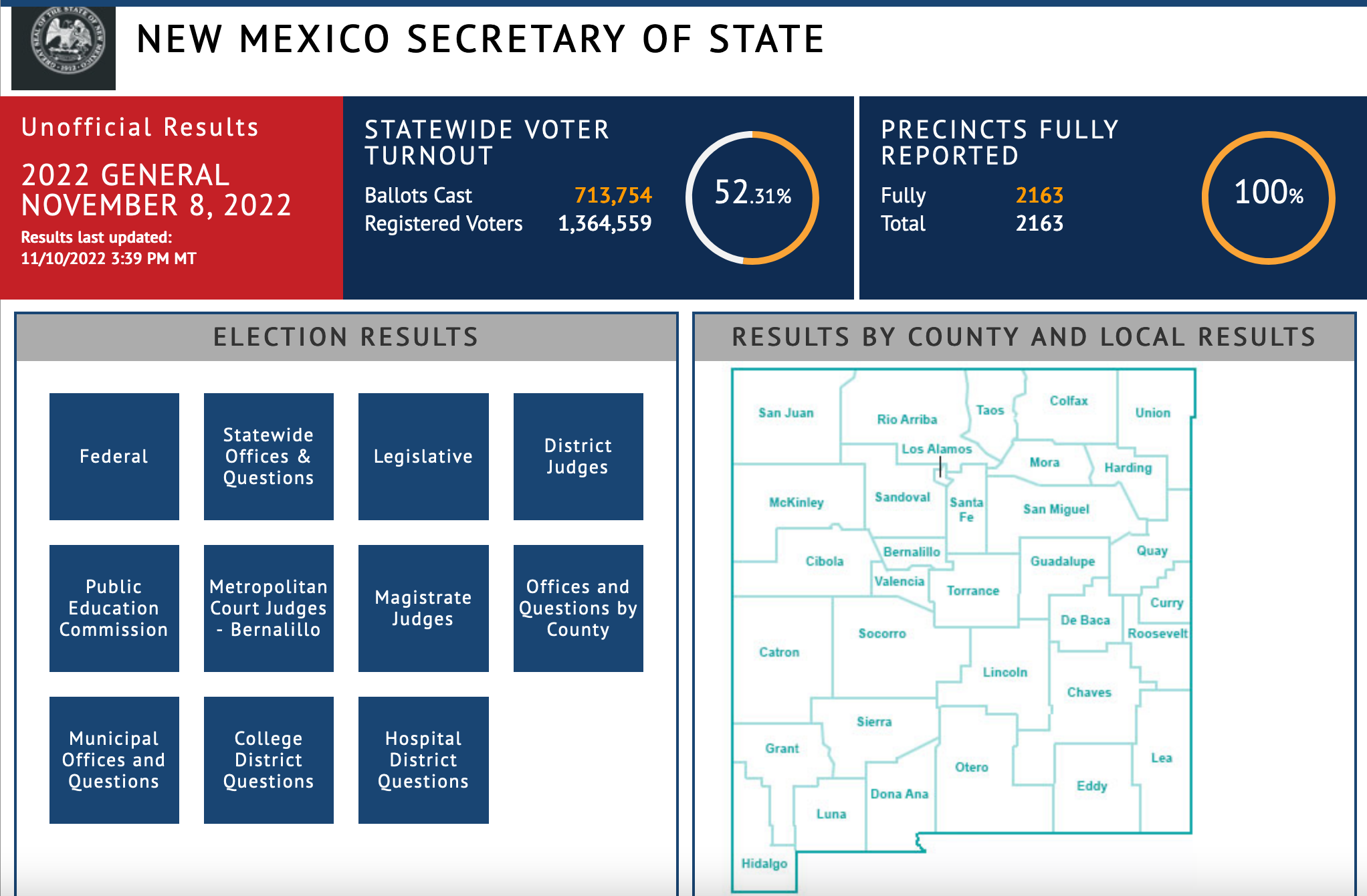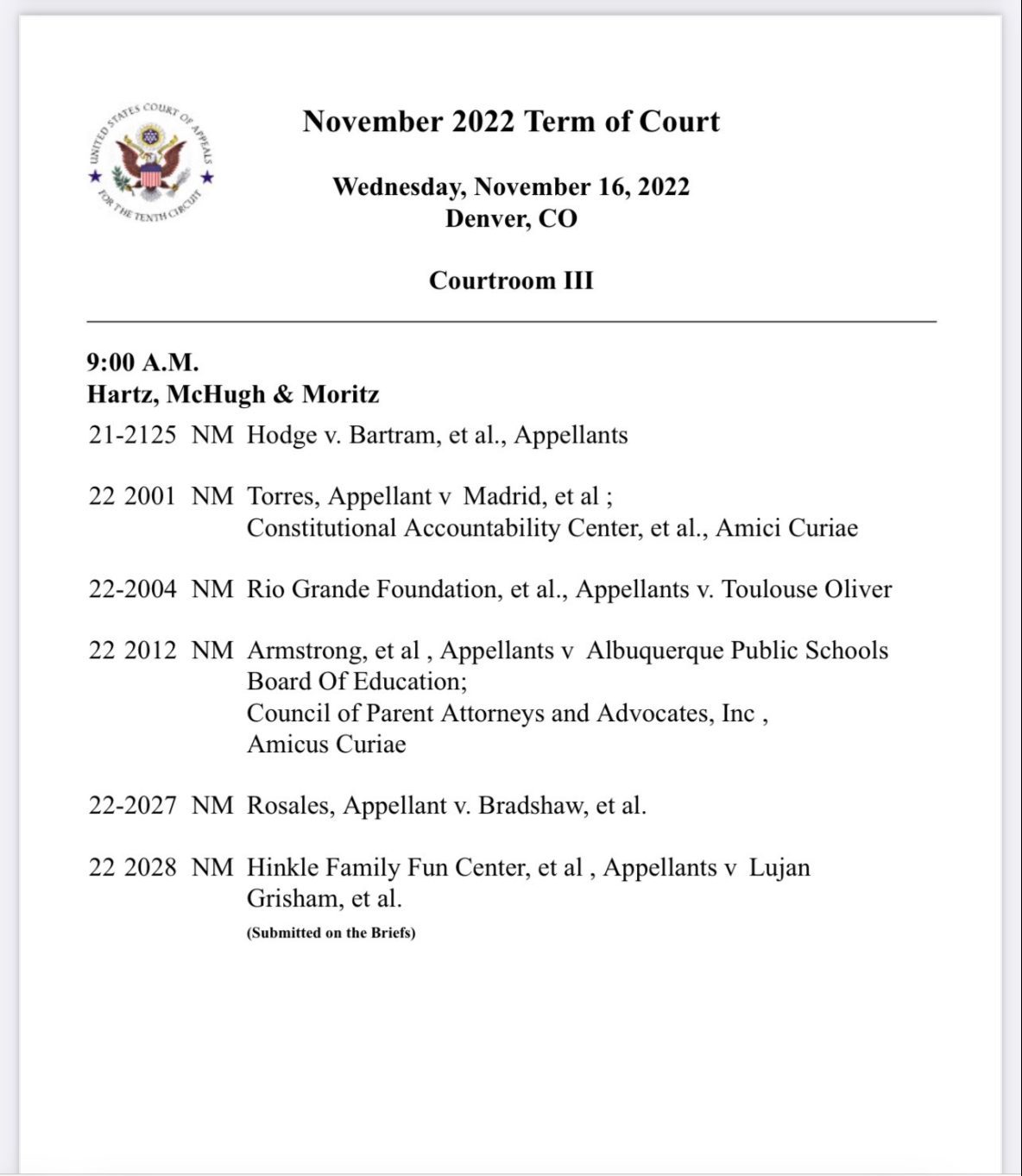Public Education Department outlines agenda/spending increase for legislative session
12.07.2022
MLG’s public education department secretary Kurt Steinhaus presented his department’s plans in terms of what they would like out of the 2023 legislative session. If adopted the education budget would rise from $3.8 to $4.1 billion annually (an increase of 7.9%). PED spending accounts for 45 percent of the total state budget in fiscal year 2023. If this spending proposal is adopted education spending will have grown from $2.69 billion to $4.1 billion, a massive 54.2 percent increase since just FY 2018.
NOTE: The Santa Fe New Mexican article linked here and above states the request was for $4.1 billion while the Albuquerque Journal (a day later) states the request is for $4.3 billion. The Journal’s calculation results in a 60% increase since FY 2018.
All that being said, with $2.5 billion (and possibly more) in “new” money available to the Legislature this session, this request isn’t that big. One potential bright spot within this budget is the $23 million allocation for early literacy and reading support and math initiatives, including teacher training and additional literacy coaches.
Steinhaus also proposes using $109.3 million to give all staff 4% pay increases which Steinhaus claims “will help us address the educator workforce crisis and fill teacher vacancies.”
Will any of this “move the needle” on New Mexico’s education outcomes (which rank dead last)? It’s doubtful. Focus on early reading and literacy can be effective, but must be a center of real focus along with other reforms like those that have worked in Mississippi.
